Learn about China’s imperial dynasties
Embarking on a journey through China’s imperial dynasties is like flipping through the pages of a grand historical novel. From the myth-laden beginnings to the grandeur of the Ming, each dynasty offers a unique chapter in the story of China’s evolution. Our exploration will unveil tales of power, culture, and innovation, revealing how each era contributed to the rich tapestry of Chinese history. Prepare to be enthralled by the legacy of emperors, scholars, and warriors.
The Legendary Xia Dynasty: Myth or Reality?
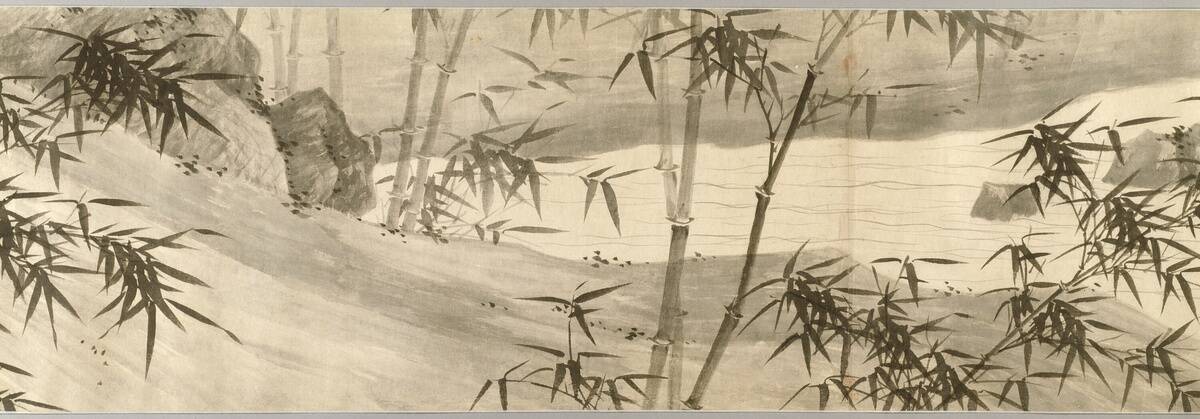
The Xia Dynasty, often regarded as the first Chinese dynasty, straddles the line between myth and history. While concrete archaeological evidence remains elusive, ancient texts like the Bamboo Annals recount tales of sage kings and their governance. Some historians argue that the Xia might just be a mythological construct used to legitimize subsequent dynasties. Yet, ongoing excavations in Henan province offer tantalizing hints that the Xia might have been more than just legend.
The Rise of the Shang Dynasty: Oracle Bones and Bronze
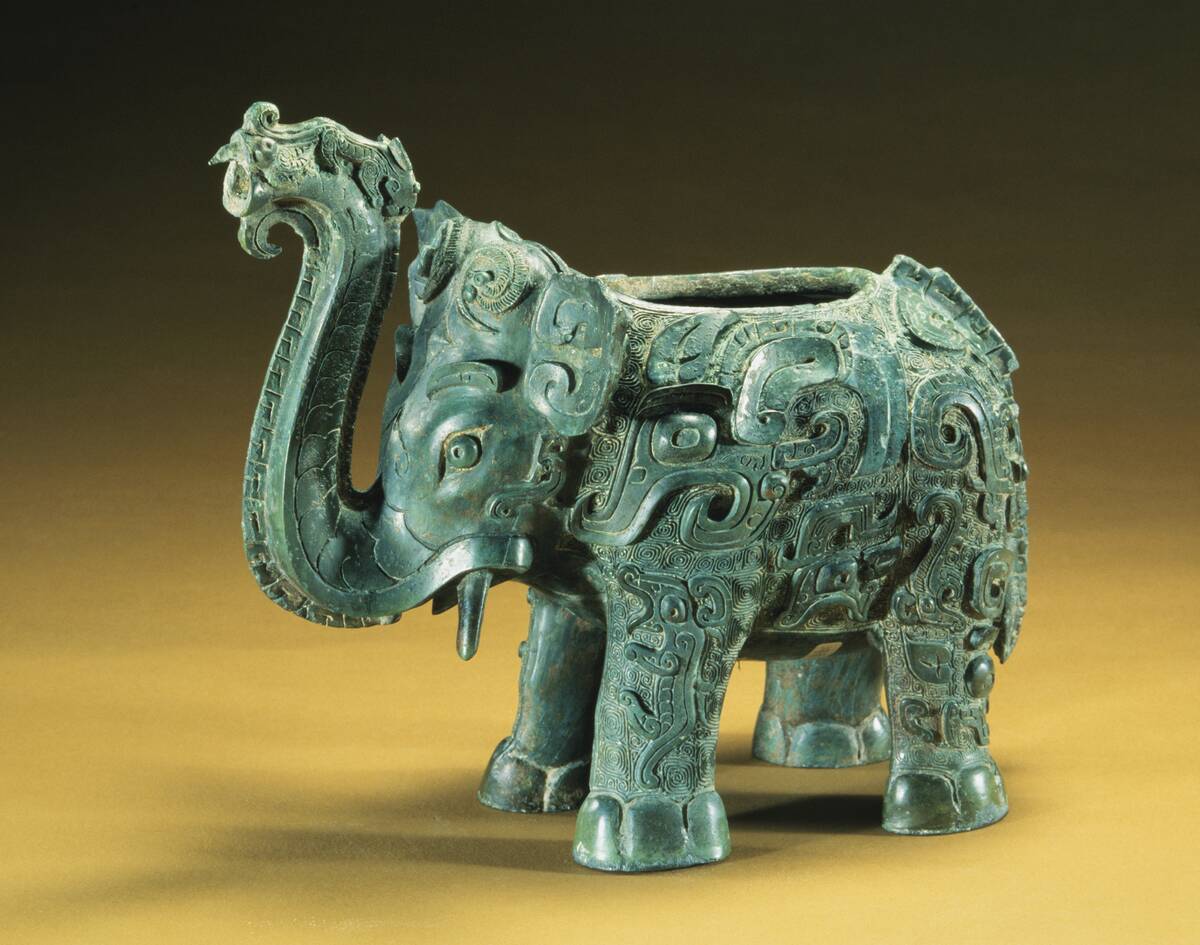
The Shang Dynasty is celebrated for its advancements in bronze metallurgy and the earliest known Chinese writing. Oracle bones, used for divination, offer a direct glimpse into the concerns of Shang rulers and their subjects. These artifacts, often turtle shells or ox scapulae, reveal the dynasty’s sophisticated script and spiritual practices. The Shang’s bronze artifacts, from weapons to ritual vessels, showcase their technological prowess and artistic flair.
Zhou Dynasty: Philosophers and Feudal Lords
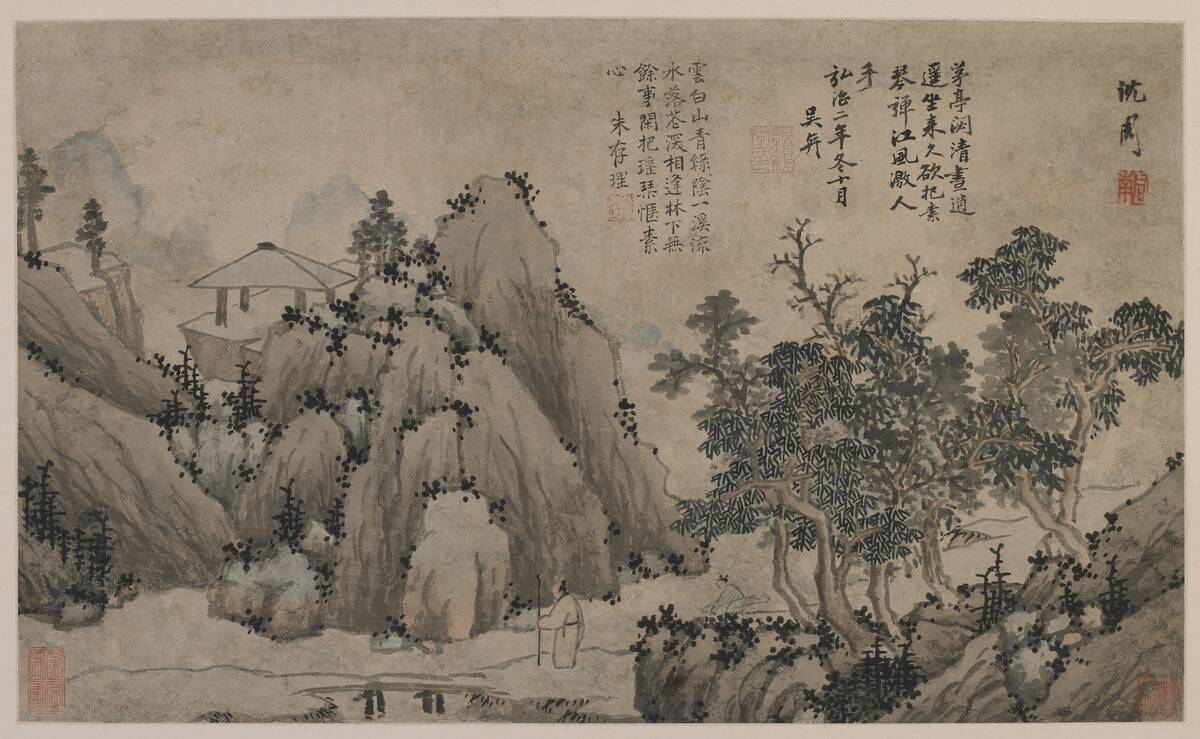
The Zhou Dynasty, spanning over eight centuries, saw the emergence of Confucianism and Daoism, philosophies that would shape Chinese thought for millennia. The Zhou implemented a feudal system, distributing land to loyal nobles, which eventually led to the Warring States period. Amidst the chaos, thinkers like Confucius and Laozi pondered the nature of society and governance, leaving behind teachings that continue to influence China and the world.
The Qin Dynasty: Unification Under the First Emperor
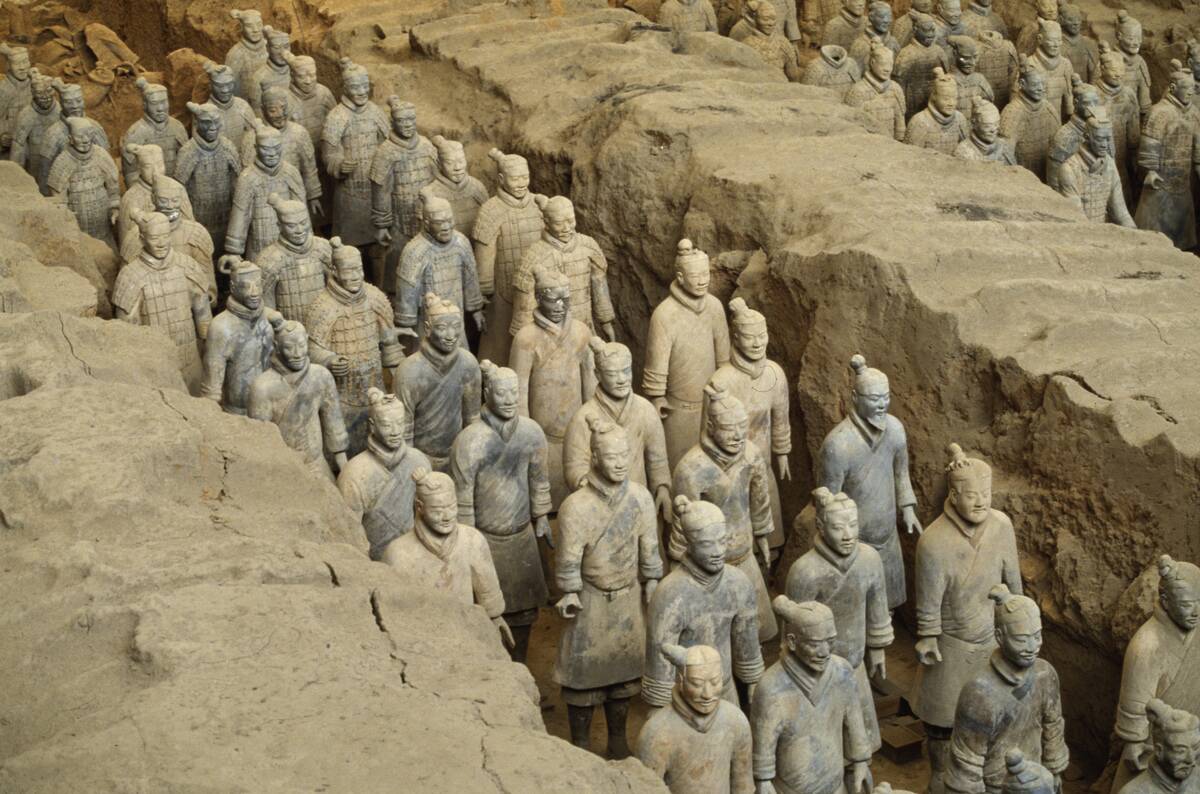
The Qin Dynasty, though short-lived, was pivotal in unifying China under a centralized imperial system. Qin Shi Huang, the first emperor, standardized weights, measures, and even script, facilitating cohesion across regions. Known for his ambitious projects, he commissioned the Great Wall’s initial construction and the iconic Terracotta Army. Despite these achievements, his authoritarian rule sparked dissent, leading to the dynasty’s swift collapse.
Han Dynasty: Silk Roads and Scholar-Bureaucrats
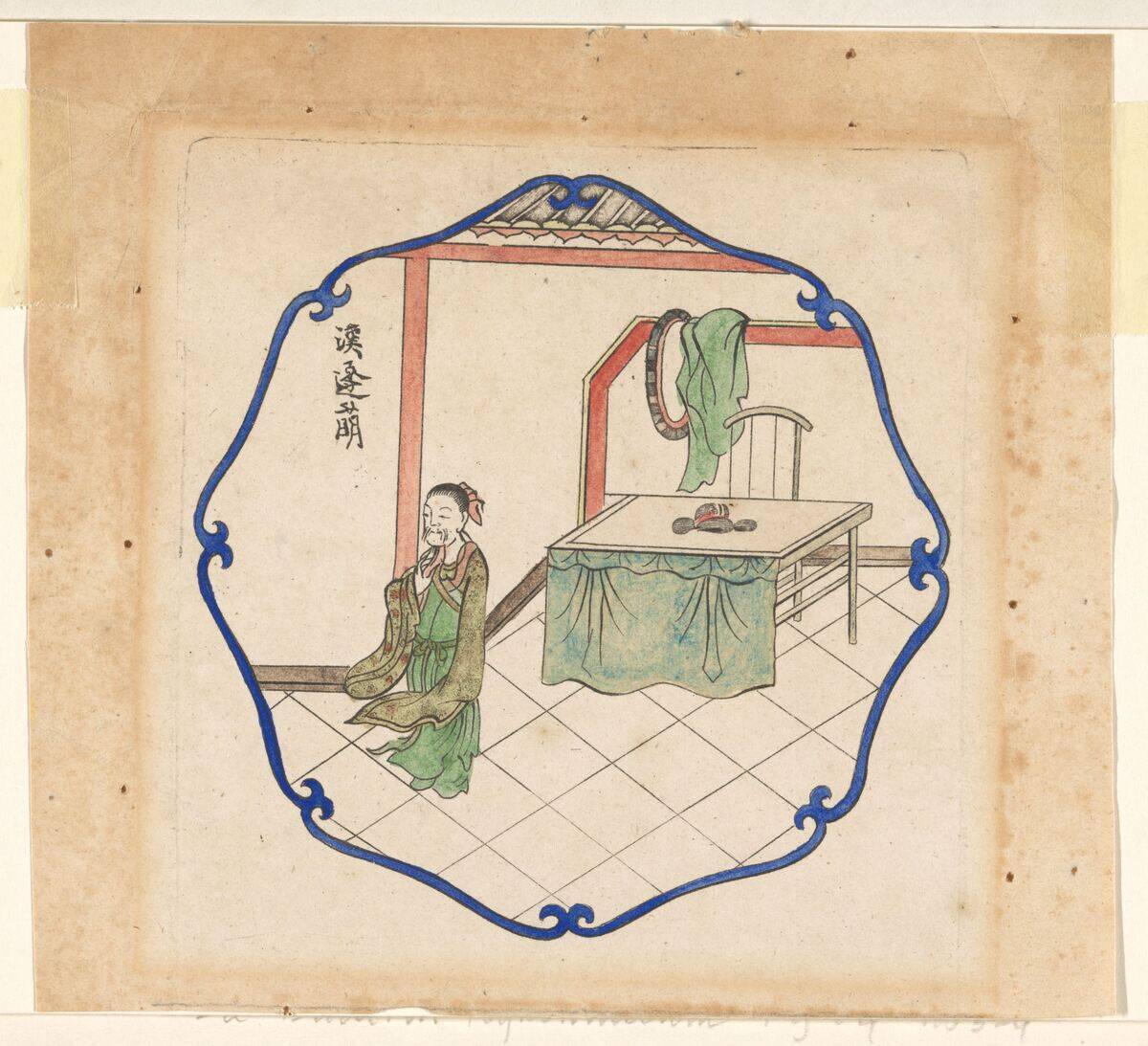
The Han Dynasty marked a golden era of trade and cultural exchange, with the Silk Road connecting China to the West. Silk, a prized commodity, traveled along these routes, enriching the empire. The Han also established a meritocratic bureaucracy, with scholar-officials selected through rigorous examinations. This system, rooted in Confucian ideals, created a governance model that persisted for centuries, influencing China’s administrative structure profoundly.
The Three Kingdoms Period: Romance and Rivalry
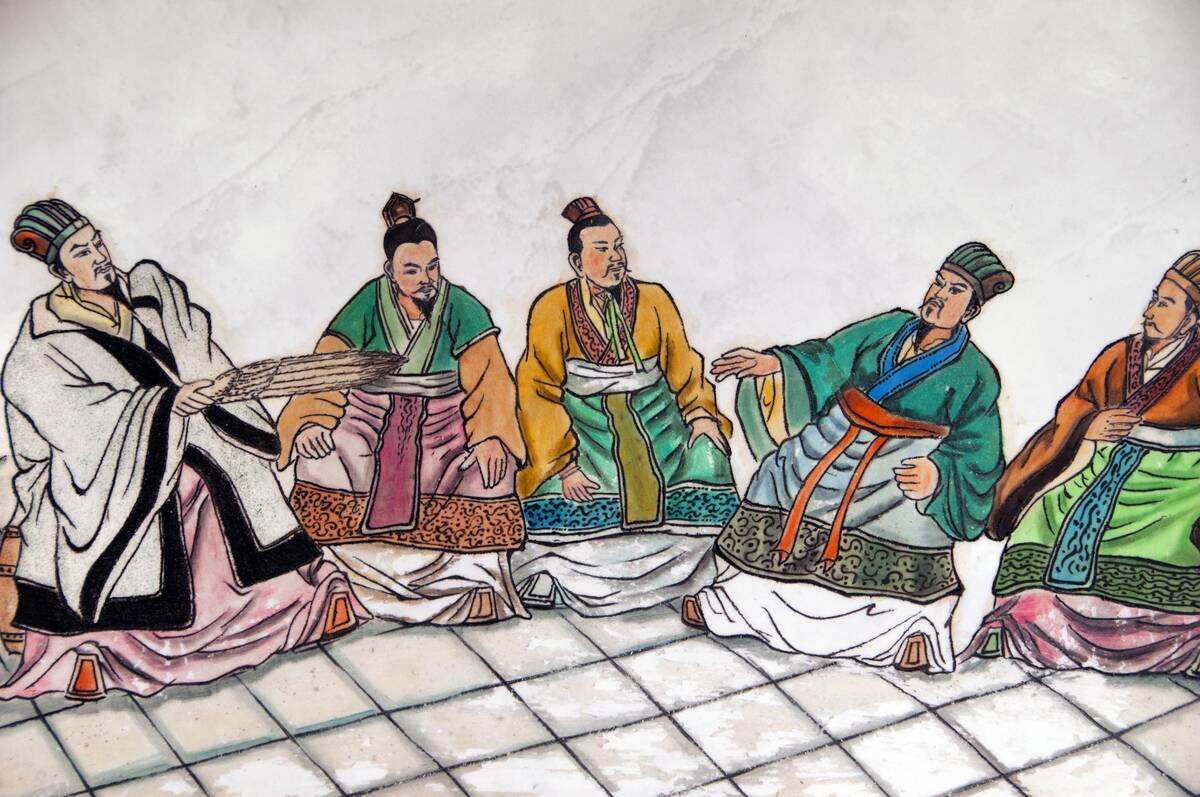
The Three Kingdoms period, a time of fragmentation and warfare, is immortalized in the classic novel ‘Romance of the Three Kingdoms.’ This era saw the rise of legendary figures like Cao Cao, Liu Bei, and Sun Quan, whose rivalries fueled epic battles. Despite the chaos, it was a time of cultural flourishing, with advances in military strategy and literature. The tales of loyalty, betrayal, and heroism continue to captivate audiences in modern adaptations.
Sui Dynasty: Reunification and Grand Canals
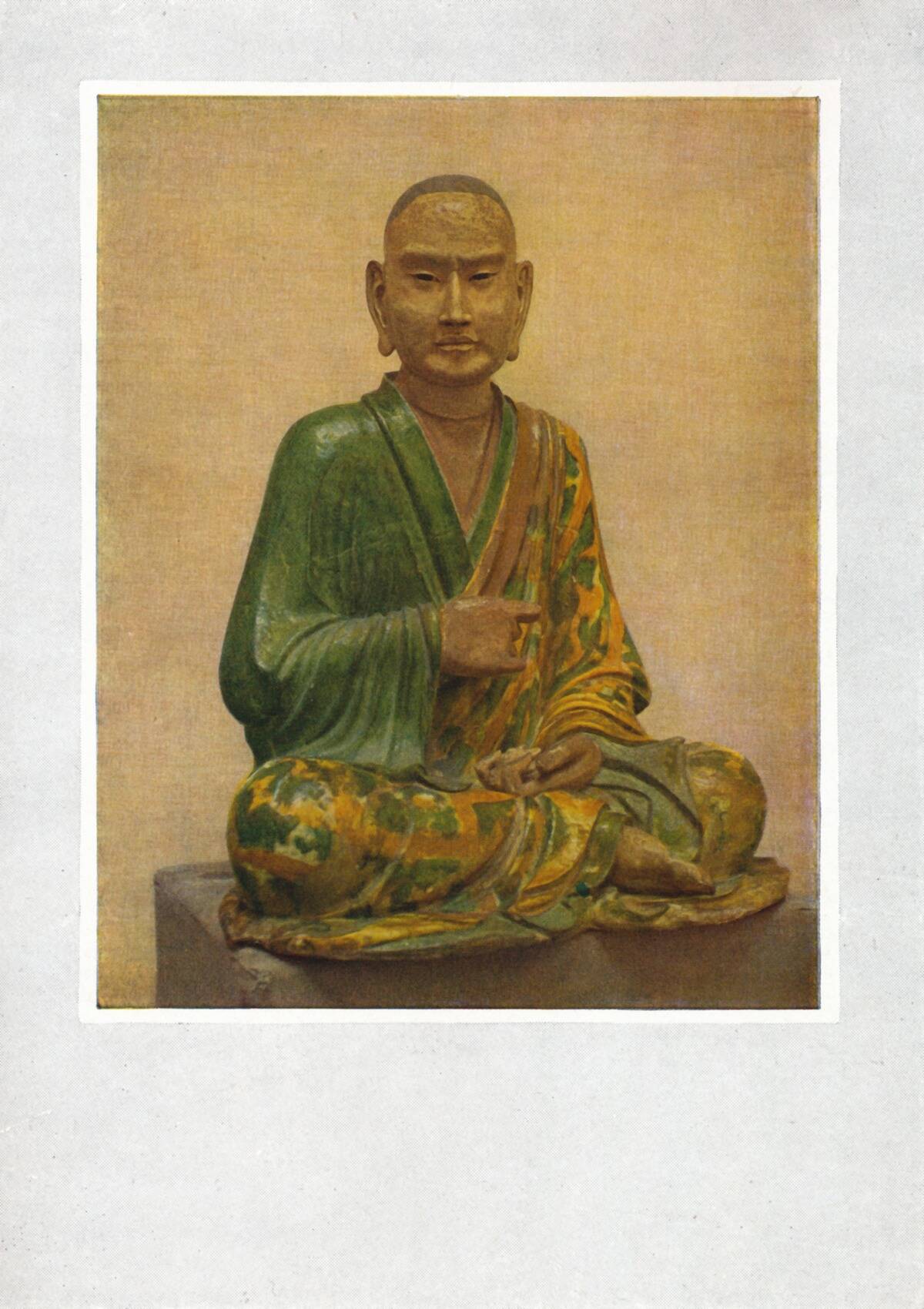
The Sui Dynasty, though brief, was crucial in reuniting China after centuries of division. One of its most notable achievements was the construction of the Grand Canal, a monumental feat of engineering linking the Yellow and Yangtze Rivers. This waterway facilitated trade and communication across regions, bolstering the economy. The Sui’s ambitious projects, however, strained resources, leading to peasant uprisings and the dynasty’s eventual downfall.
Tang Dynasty: Golden Age of Culture and Cosmopolitanism

The Tang Dynasty is often hailed as a high point in Chinese civilization, renowned for its cultural vibrancy and openness. Chang’an, the capital, became a cosmopolitan hub, attracting traders and scholars from across Asia. Tang poets like Li Bai and Du Fu penned verses that remain beloved today. The dynasty’s embrace of Buddhism and artistic innovation left a lasting legacy, influencing everything from sculpture to fashion in subsequent generations.
Song Dynasty: Innovations and Economic Prosperity
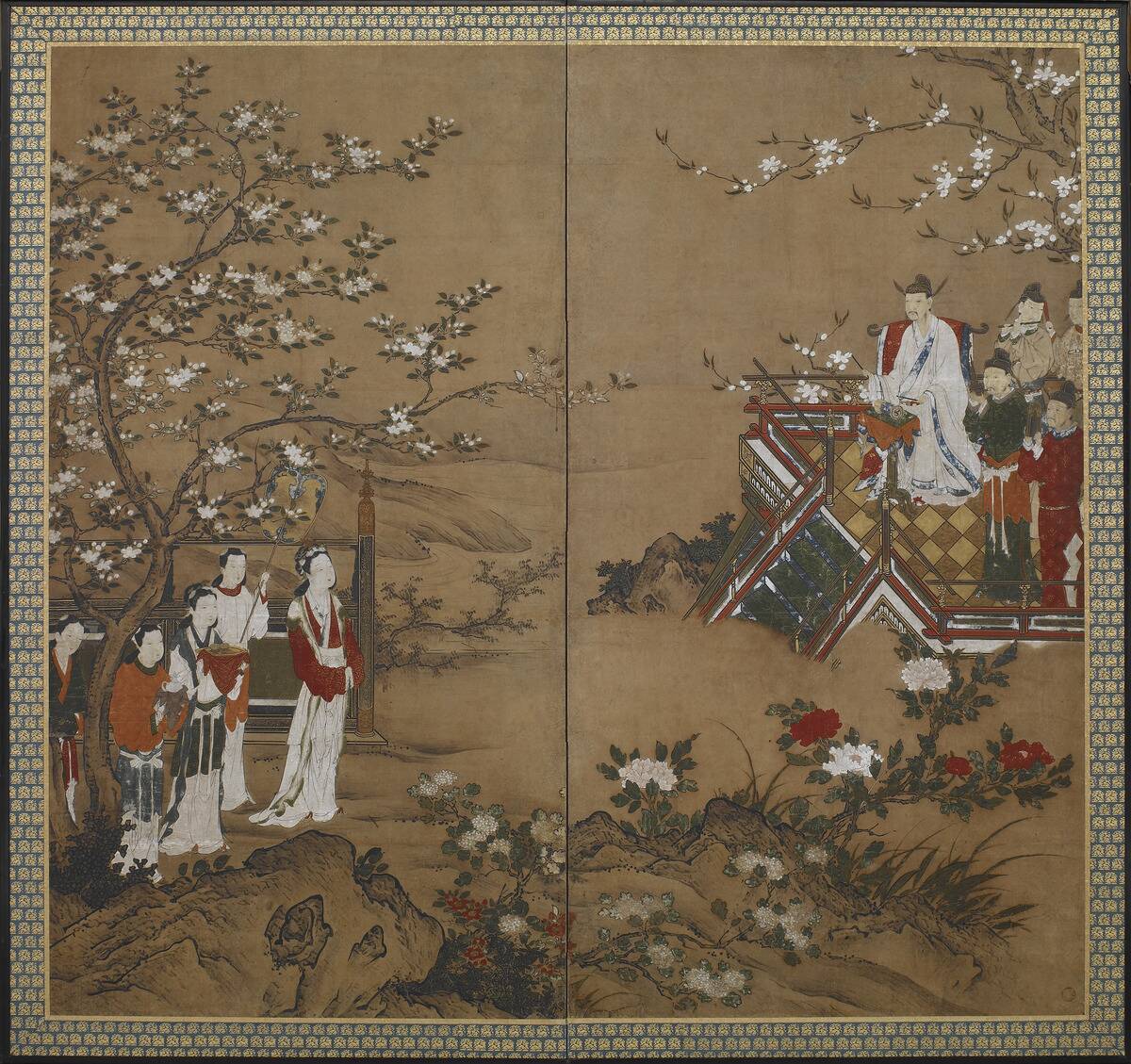
During the Song Dynasty, China experienced remarkable technological advancements and economic growth. Innovations like gunpowder, the compass, and movable type printing emerged, revolutionizing warfare, navigation, and literature. The Song’s bureaucracy became increasingly sophisticated, with the civil service exam system reaching new heights. This period also saw the rise of a vibrant urban culture, with bustling cities and thriving markets reflecting the era’s prosperity.
Yuan Dynasty: Mongol Rule and Marco Polo’s Tales
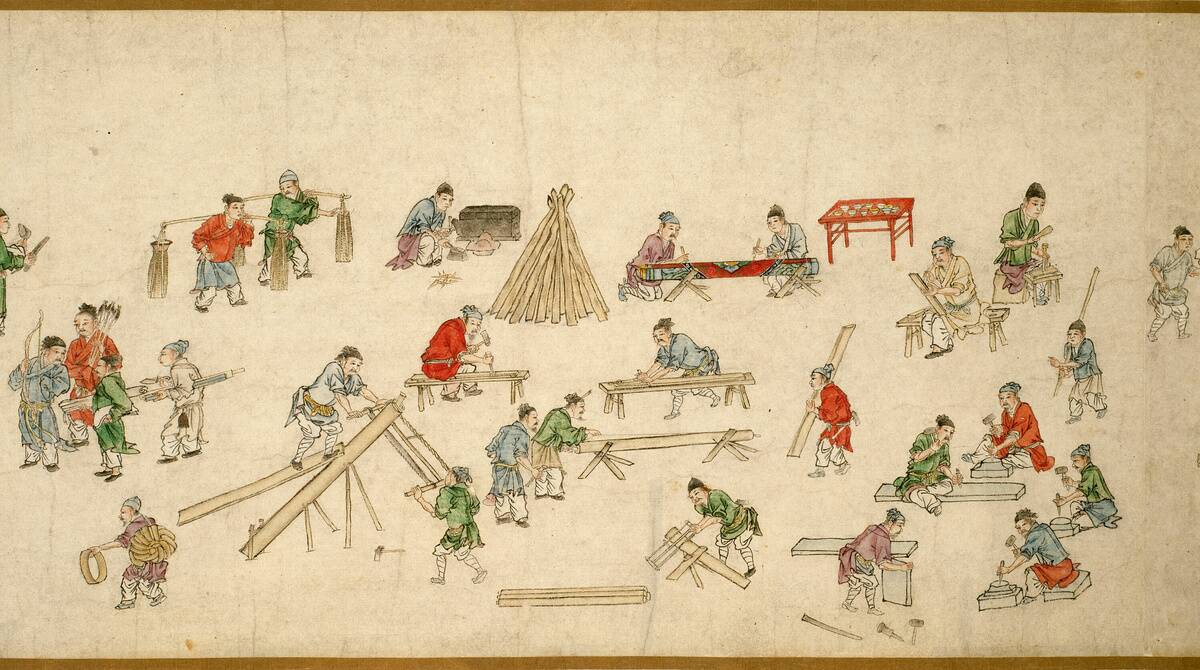
The Yuan Dynasty, established by the Mongols, marked a significant shift in China’s history. Kublai Khan, the founder, expanded the empire’s reach and welcomed foreign visitors, such as Marco Polo, whose accounts fascinated Europe. Despite initial resistance, the Yuan facilitated cultural exchange and trade across Eurasia. The dynasty’s blend of Mongol and Chinese traditions left an indelible mark, though internal strife eventually led to its decline.
Ming Dynasty: Great Walls and Maritime Expeditions
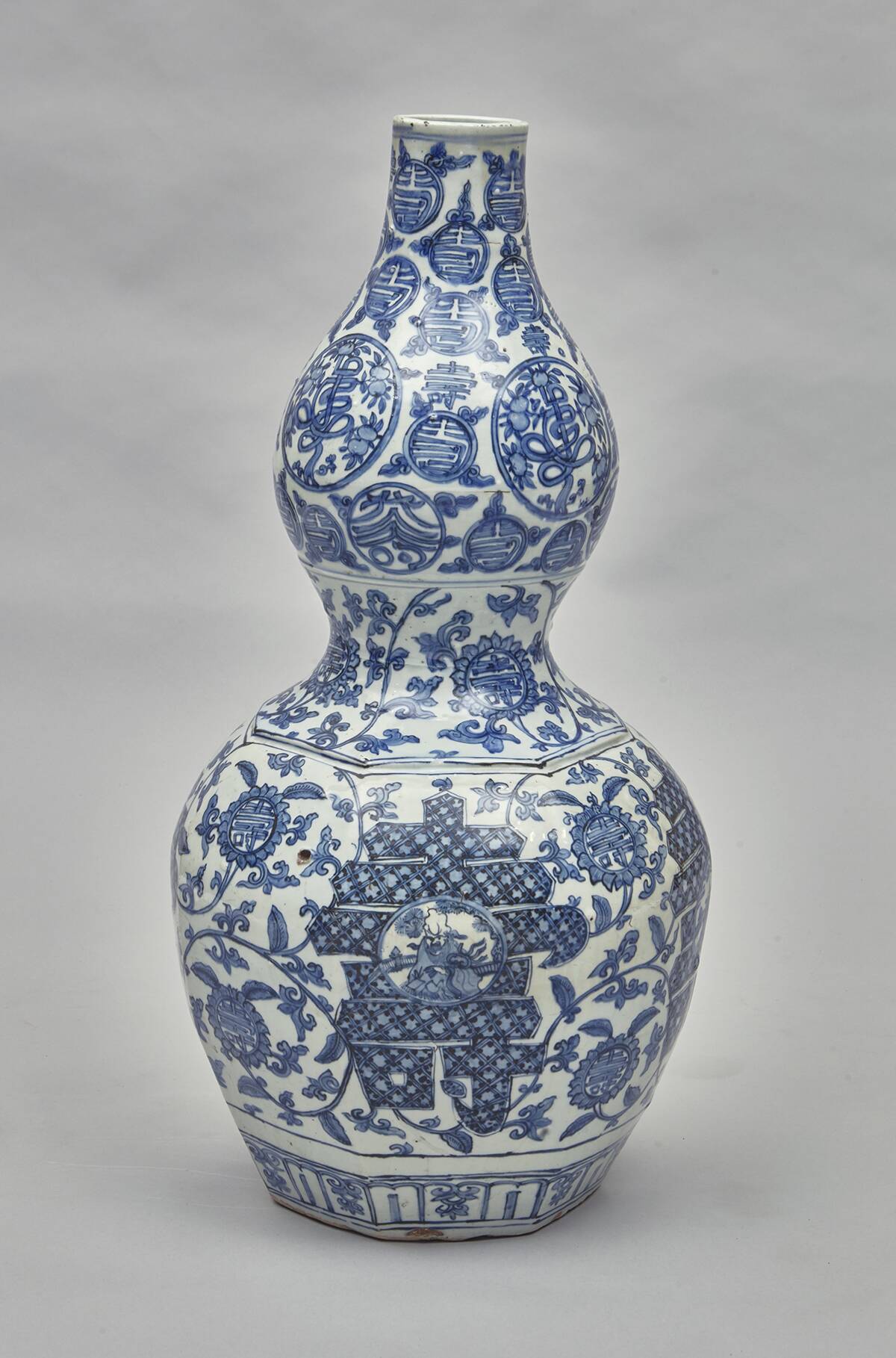
The Ming Dynasty is famous for its architectural marvels and seafaring exploits. The iconic Great Wall was fortified during this period to defend against northern invasions. Meanwhile, Admiral Zheng He led seven grand maritime expeditions, showcasing China’s naval prowess and expanding its influence. The Ming era also saw a flourishing of arts and literature, with porcelain craftsmanship reaching new artistic heights, epitomizing the dynasty’s grandeur.
Qing Dynasty: The Last Imperial House and Western Encounters
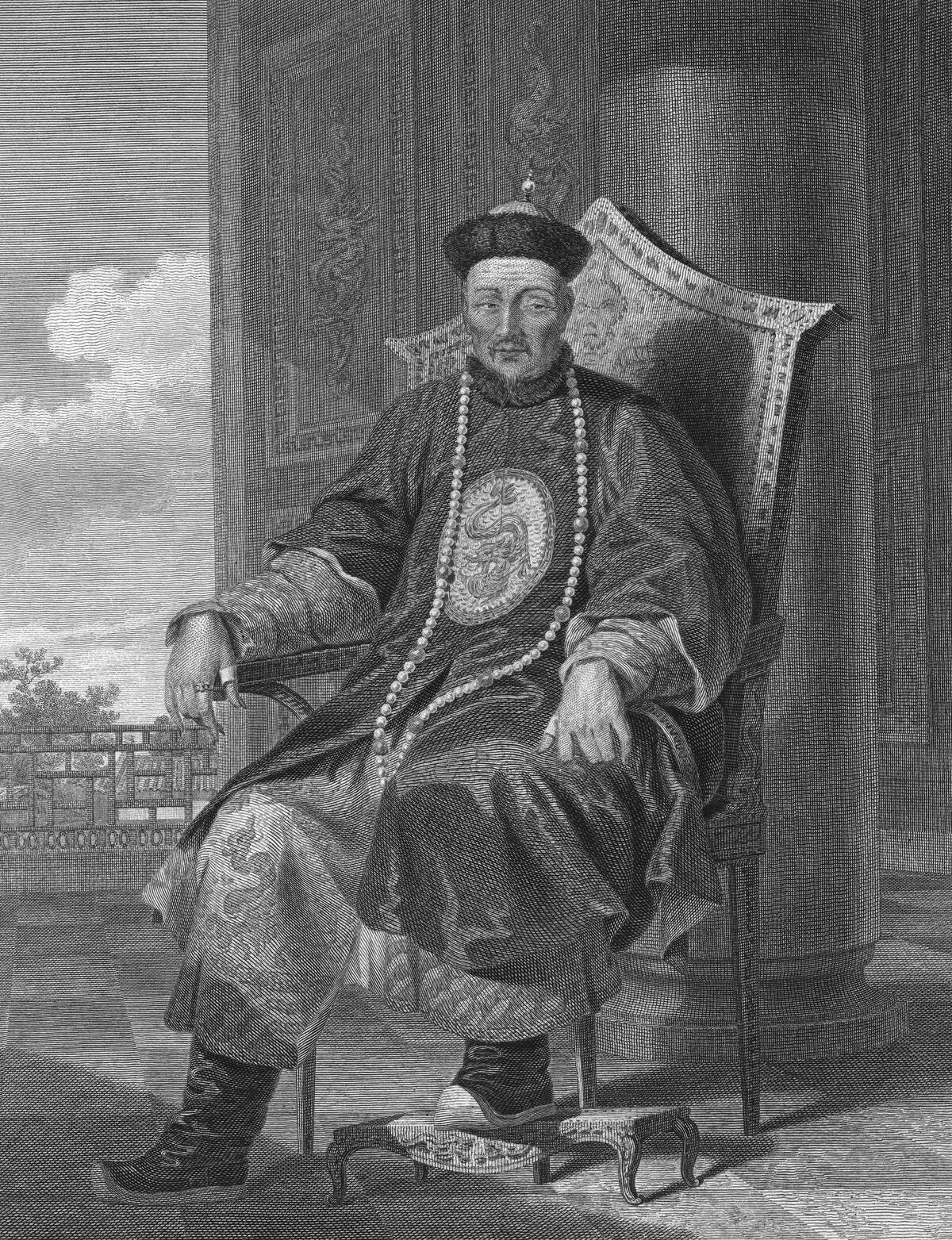
The Qing Dynasty, China’s last imperial dynasty, faced challenges from internal rebellion and external pressures. Emperors like Kangxi and Qianlong presided over periods of prosperity, yet the Opium Wars revealed vulnerabilities to Western powers. The Qing’s attempts to modernize were met with mixed success, and the dynasty eventually fell in 1912. The legacy of Qing rule is complex, marked by both cultural achievements and the tumultuous path to the modern era.
The Art and Architecture of Imperial China: Aesthetic Legacies
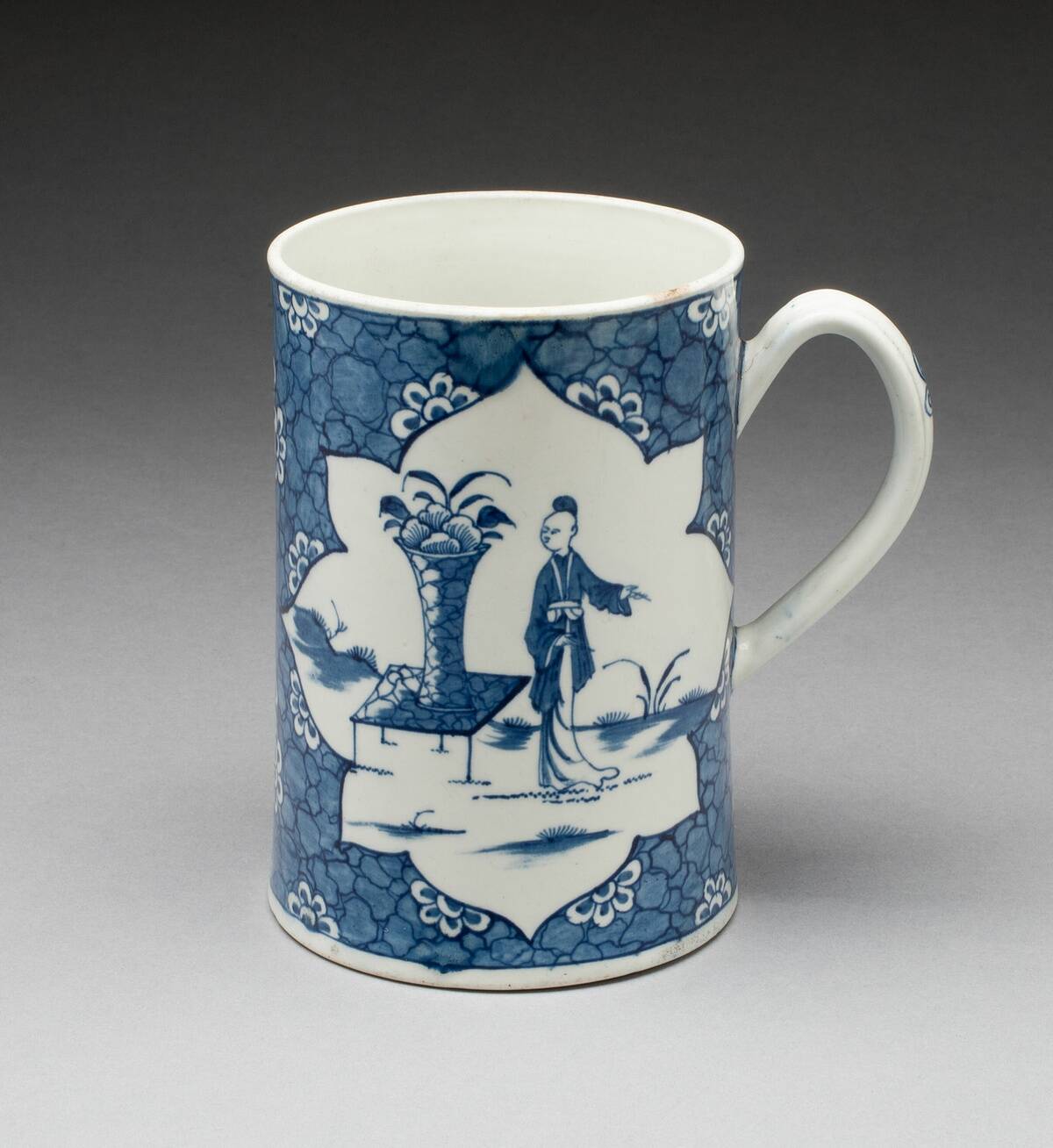
Imperial China’s art and architecture reflect the sophisticated aesthetics and diverse influences of its dynasties. From the majestic Forbidden City to the serene landscapes depicted in ink paintings, these works showcase a harmonious blend of form and function. Calligraphy, porcelain, and silk textiles further illustrate the artistry of the era. Each dynasty contributed unique styles and innovations, together forming a rich cultural heritage that continues to inspire.
Imperial China’s Contributions to Science and Technology
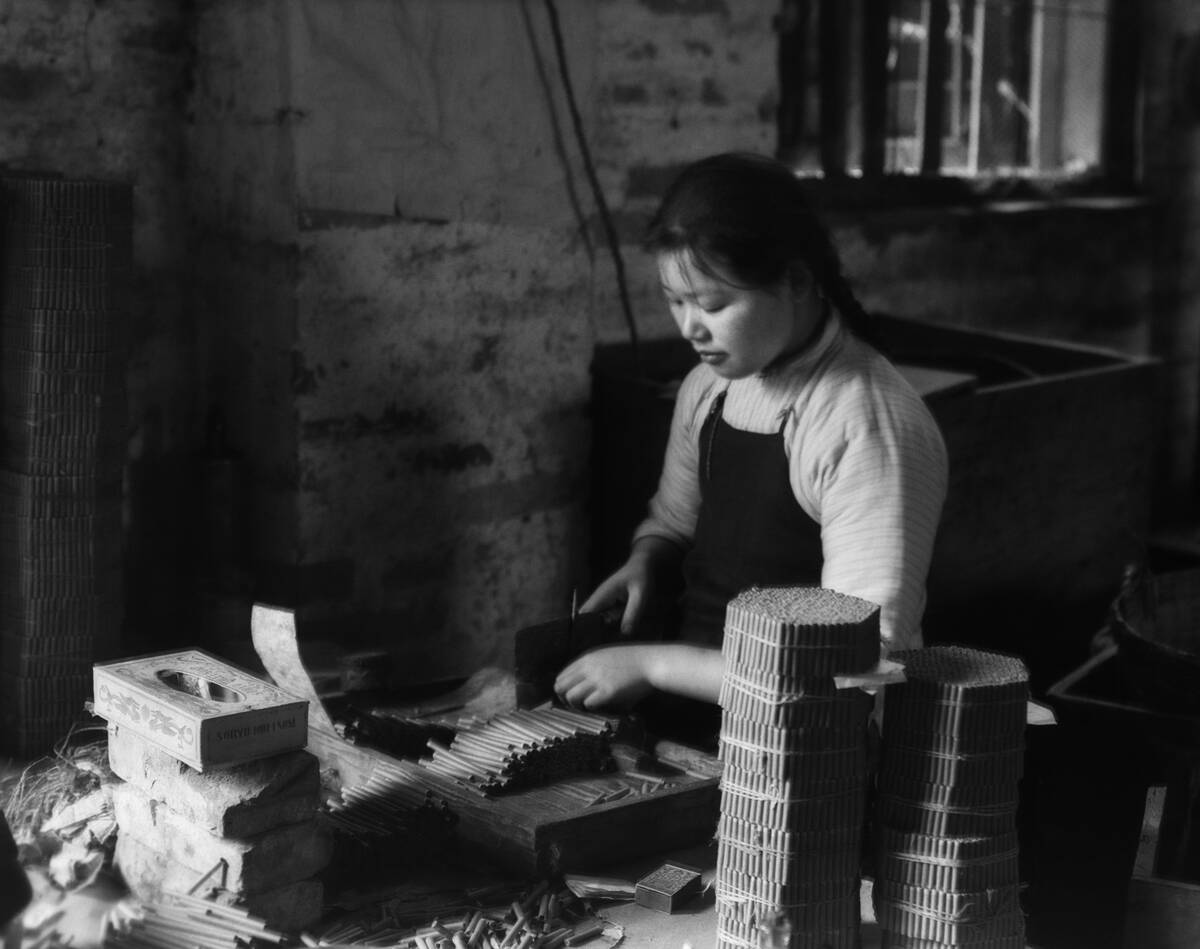
China’s imperial dynasties were at the forefront of scientific and technological innovation. From the invention of paper and gunpowder to advancements in astronomy and medicine, Chinese scholars made significant contributions. The Tang and Song dynasties, in particular, were periods of notable progress, with innovations like the water clock and sophisticated agricultural techniques. These achievements not only enhanced daily life in China but also influenced cultures far beyond its borders.
Influential Empresses and Women of Power in Dynastic China
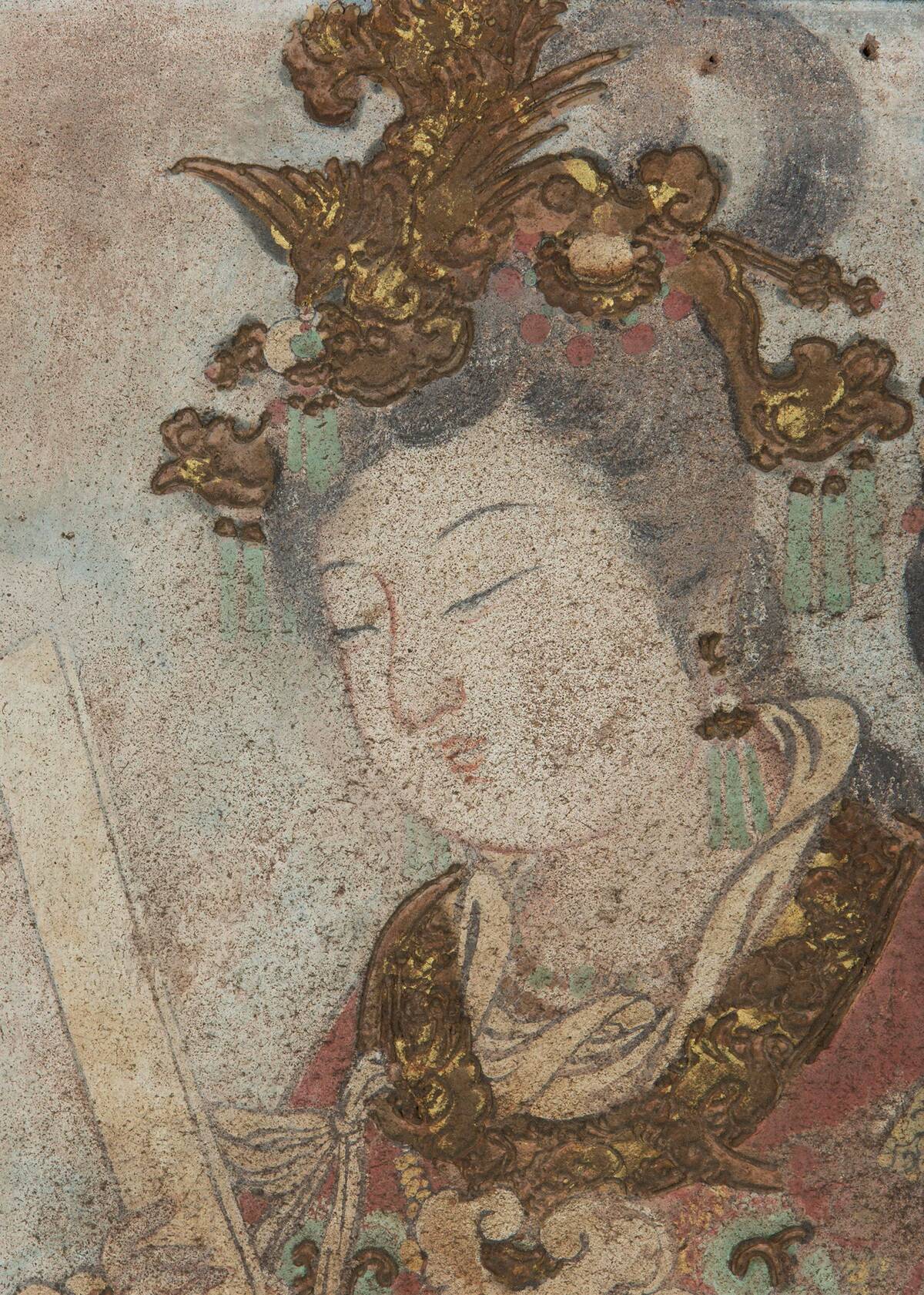
Despite a patriarchal society, several women rose to prominence in imperial China, leaving their mark on history. Empress Wu Zetian, the only woman to rule as emperor in her own right, expanded the Tang Empire and promoted Buddhism. Other influential figures include Empress Dowager Cixi of the Qing Dynasty, who wielded considerable power behind the throne. These women navigated complex political landscapes, shaping the dynastic narrative in their own right.
The Role of Confucianism in Shaping Dynastic Rule
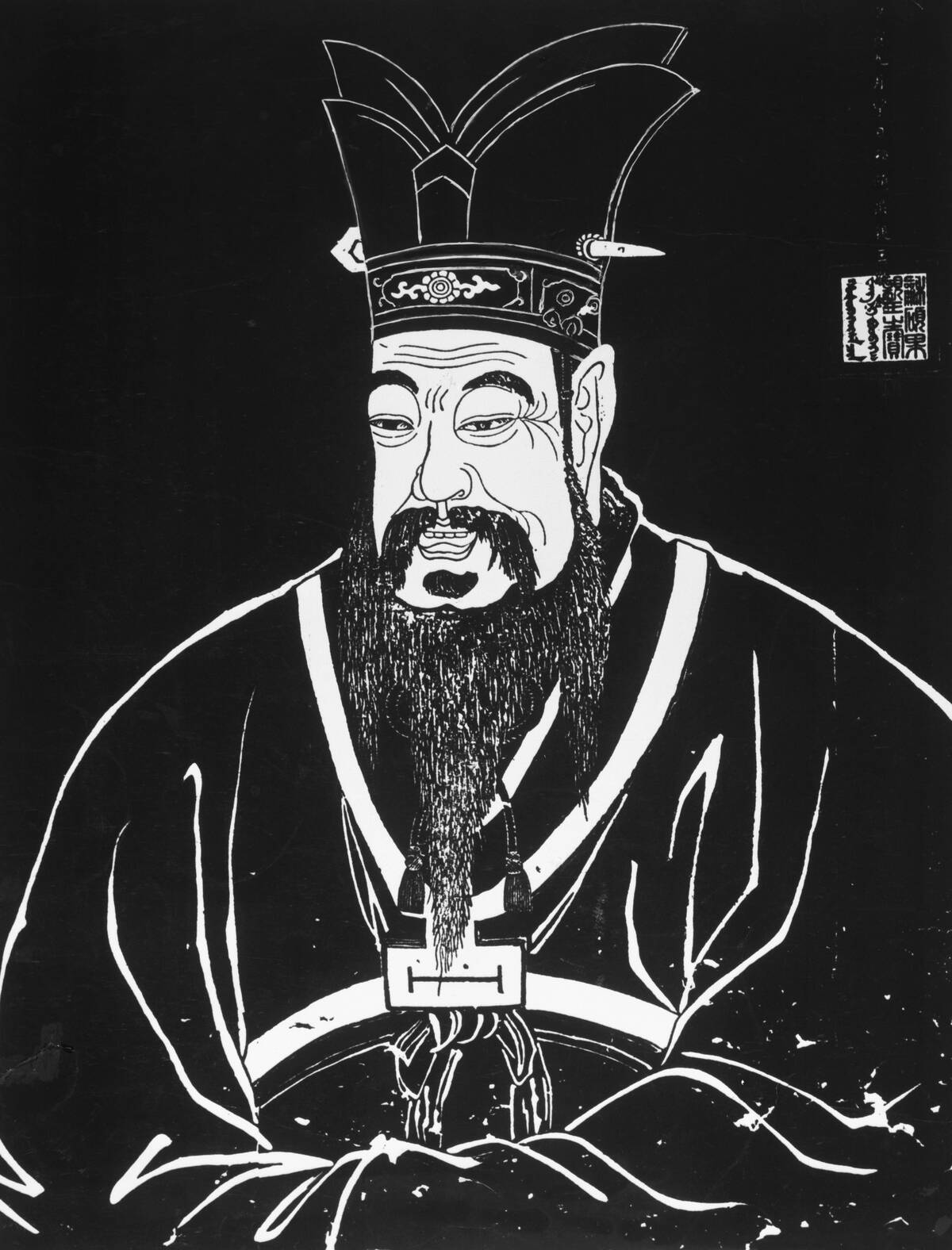
Confucianism played a central role in shaping the governance and social structures of imperial China. Its emphasis on hierarchy, filial piety, and moral integrity influenced both rulers and subjects. The civil service examination system, based on Confucian texts, ensured that scholar-officials were well-versed in these principles. This philosophical framework provided stability and continuity across dynasties, reinforcing the legitimacy of imperial rule and fostering a sense of cultural unity.



